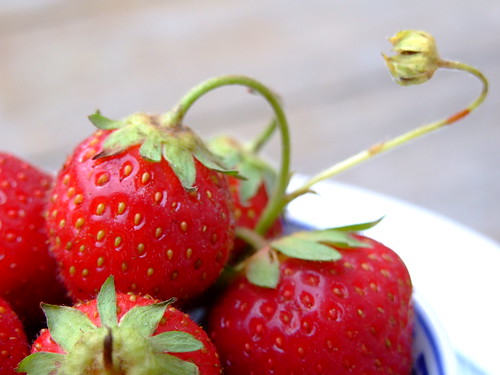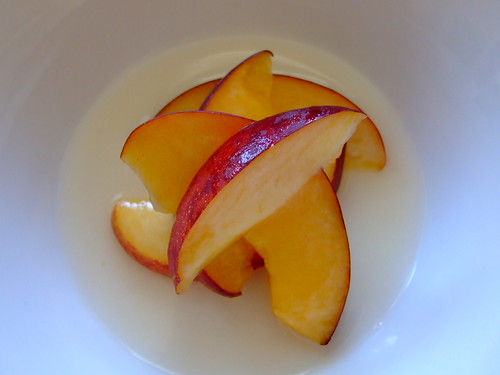Freesia and Asters

Freesia
The humid heatwave we experienced last week (ugh!) seems to have encouraged all the plants on the porch to grow exponentially (hooray!). We somehow managed to keep up our watering schedule, even though it was so hot that we found ourselves watering the thirstiest plants twice a day. I was, naturally, most worried about the spicy peppers, but they seem to have pulled through just fine.
Thankfully, the weather has cooled down a bit for the weekend, and we can turn off the air conditioners and open the windows again.
The freesia- a favourite in bouquets (and high school prom corsages) because of its heady fragrance and long cut-flower life- produced its first blossoms this morning. A mix of hot orange, bright red and wine colours, they're already attracting the neighborhood bees and butterflies!
Freesia
The Matsumoto Asters have started to bloom, too, and it looks as though the snapdragons aren't too far behind. The gladiolus and oriental lilies still have a few weeks to go.
Matsumoto Aster




















